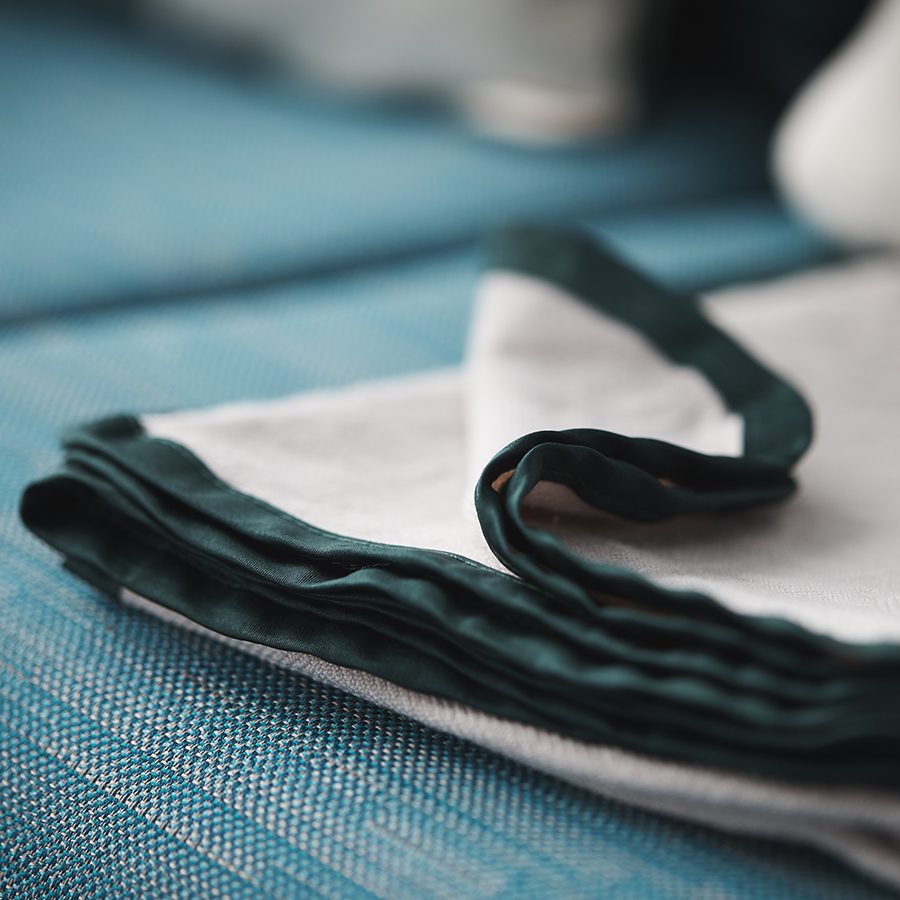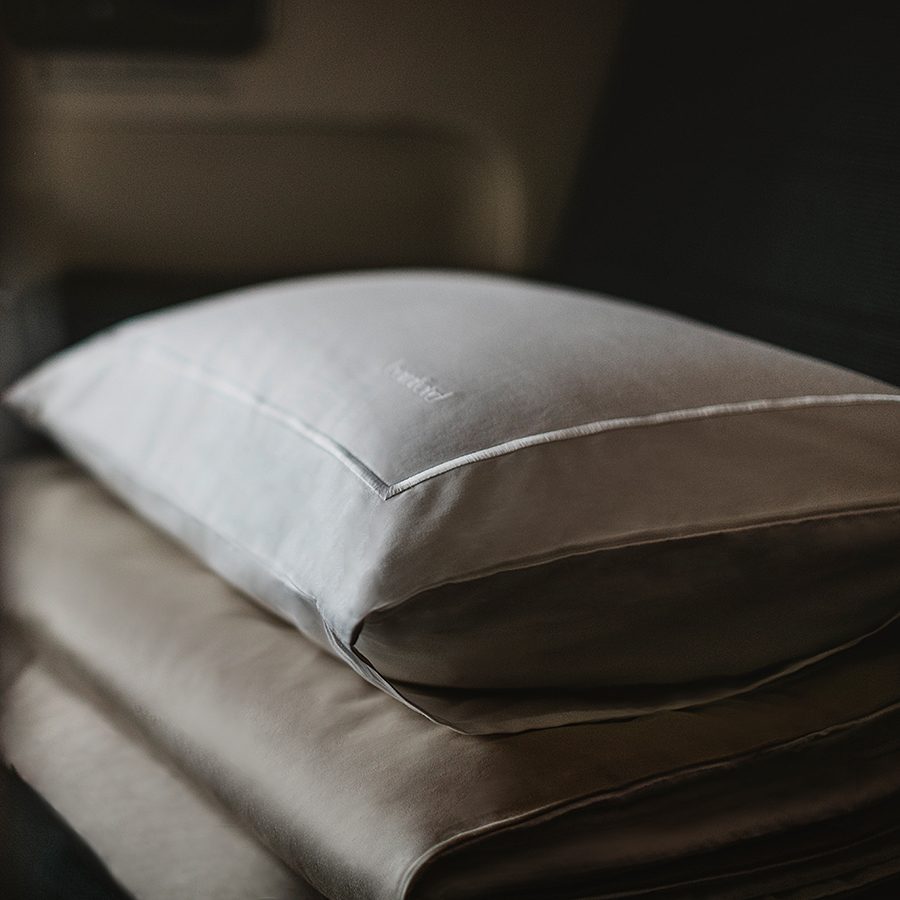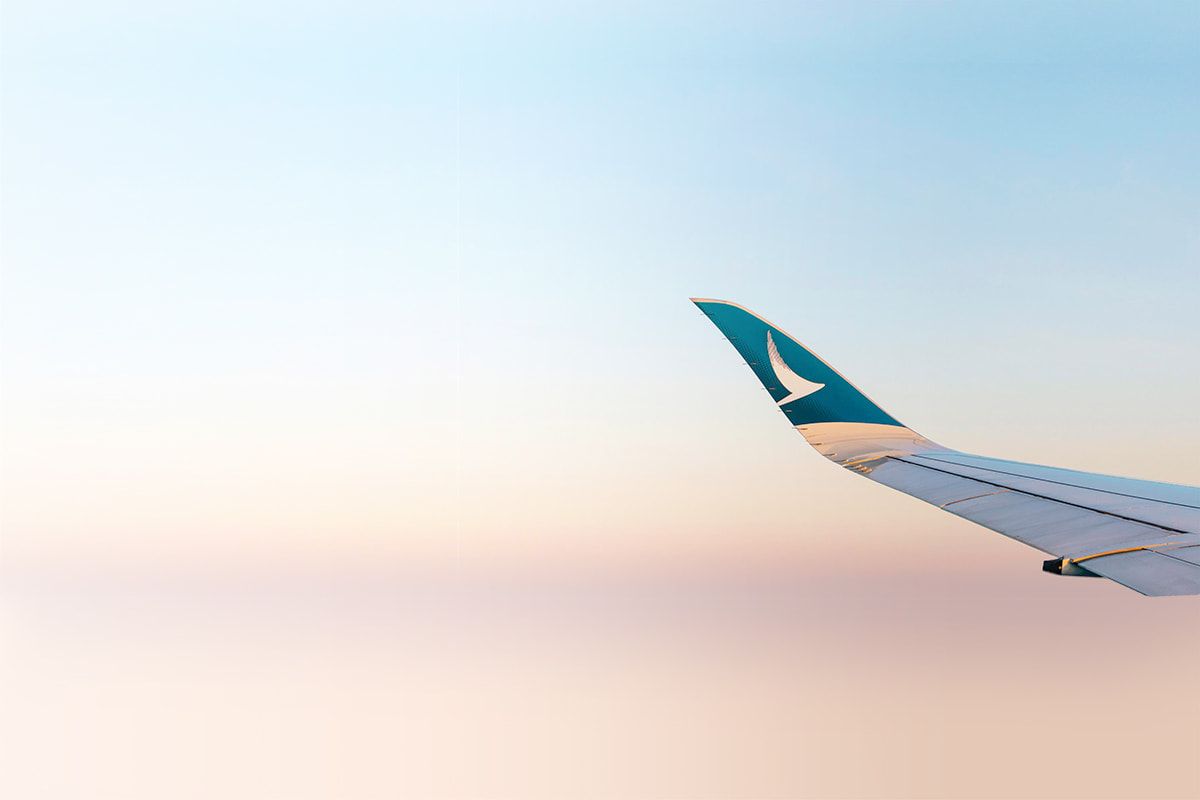Greener together with Cathay this Earth Day

At Cathay, we are dedicated to fostering a relationship with the place we call home, transporting you on journeys of discovery and wonder. It is our hope that aviation can be enjoyed for generations to come. In honour of this year’s Earth Day on 22 April, we’d like to share with you a few ways we’re caring for the environment, so that future generations can continue to explore it.
We acknowledge that we cannot do this alone. It is only by partnering with businesses, travellers, and our employees that we can reach new heights in building a sustainable future. Come and join us on this journey of cooperation and unity as we work towards becoming Greener Together.

Charting a course to zero carbon
As an airline, we’re leading efforts to fight climate change with strong sustainability policies that guide our operations and resourcing. Our goal is to reach net-zero carbon emissions by 2050, and for Sustainable Aviation Fuel (SAF) to make up 10 per cent of our jet fuel consumption by 2030, as it has the potential to reduce lifecycle carbon emissions by up to 100% compared to conventional jet fuel. We were the first airline investor in SAF manufacturer Fulcrum BioEnergy back in 2014 and have committed to buying 1.1 million tonnes of SAF over a 10-year period. In the meantime, we continue to update our fleet with technologically advanced aircraft which are up to 25 per cent more fuel-efficient than previous generations. In 2022, we went one step further to launch Asia’s first major Corporate SAF Programme, which brought SAF to Hong Kong International Airport for the first time in history. The programme allows corporate customers to reduce their carbon footprint from business travel or airfreight activities by contributing to the purchase of the fuel.
Introduced in 2007, our Fly Greener programme allows our customers to offset carbon generated from their air travels through high-quality, Gold Standard certified carbon offset projects, including clean energy initiatives in Bangladesh, India and the Chinese Mainland. In 2022, the programme was extended to our cargo customers.


Going further with more conscious use of resources
We’re being more mindful of the resources being used in every aspect of our operations. This means replacing outdated practices with new-and-improved measures. While lightweight, economical plastic lowers fuel consumption and operating costs, the material’s long life span is damaging to wildlife and natural habitats. As such, we previously set a target to reduce single-use plastic usage by 50% from a 2018 baseline. In 2022, we exceeded our goal, achieving a 56 per cent reduction on a per passenger level. We removed nearly 200 million individual items from our operations, including plastic cups, salad bowl lids, cutlery and straws.
Sustainability considerations are also embedded in the design of many inflight items: napkins are made with sugarcane and wood pulp; in our Economy cabins, blankets are made from recycled plastic bottles and carpets from regenerated nylon waste materials; while in First and Business class, pillowcases and duvet covers are made using 100 per cent sustainable cotton.

Credit: Getty Images
Supporting our community whilst reducing food waste
Working alongside local food charity partners like Food Angel and Feeding Hong Kong , we donate surplus food to those in need. In 2022, we donated 114 tonnes of surplus food to our food charity partners in Hong Kong, including 576 kg of bread and 7,960 pieces of mooncakes. In addition, our team of employee volunteers assisted Feeding Hong Kong in sorting, packing and delivering emergency food packages.
We also sent 367 tonnes of inconsumable food waste for energy recovery and collected 8,514 litres of food processing oil to be turned into biodiesel. In the same year, 70 per cent of the seafood we purchased – equivalent to 150 tonnes – came from certified sustainable sources.
Moving people forward is our brand mission. As we look ahead to the future, we continue to bring meaningful efforts together to make aviation more sustainable. Stay tuned for more updates as we journey together towards a greener future.
More inspiration
- China – the Chinese Mainland, Hong Kong SAR, Macao SAR and Taiwan Region
- Hong Kong SAR - English
- Chinese Mainland (China) - English
- Taiwan China - English
- 香港特別行政區 - 繁體中文
- 中国內地 - 简体中文
- 中國台灣 - 繁體中文
- Africa
- South Africa - English
- Asia
- Bangladesh - English
- Korea - English
- Singapore - English
- Cambodia - English
- 한국 - 한국어
- Sri Lanka - English
- India - English
- Malaysia - English
- Thailand - English
- Indonesia - English
- Maldives - English
- ประเทศไทย - ภาษาไทย
- Indonesia - Bahasa Indonesia
- Myanmar - English
- Vietnam - English
- Japan - English
- Nepal - English
- Việt Nam - tiếng Việt
- 日本 - 日本語
- Philippines - English
- Australasia
- Australia - English
- New Zealand - English
- Europe
- Belgium - English
- France - Français
- Россия - Русский
- Denmark - English
- Ireland - English
- Schweiz - Deutsch
- Deutschland - Deutsch
- Italia - Italiano
- United Kingdom - English
- España - Español
- Nederland - Nederlands
- Middle East
- Bahrain - English
- Saudi Arabia - English
- United Arab Emirates and Qatar - English
- Israel - English





.renditionimage.450.450.jpg)

